[Article commissioned by the «Abandoned Spaces» project.]
Upon reading the title one might expect incredible adventures of two friends taking paths untrodden in search of one single abandoned site tucked away high in the mountains, far from civilization, getting lost and trying to read a map yellow with time, starving on their way and dreaming only of several drops of water.
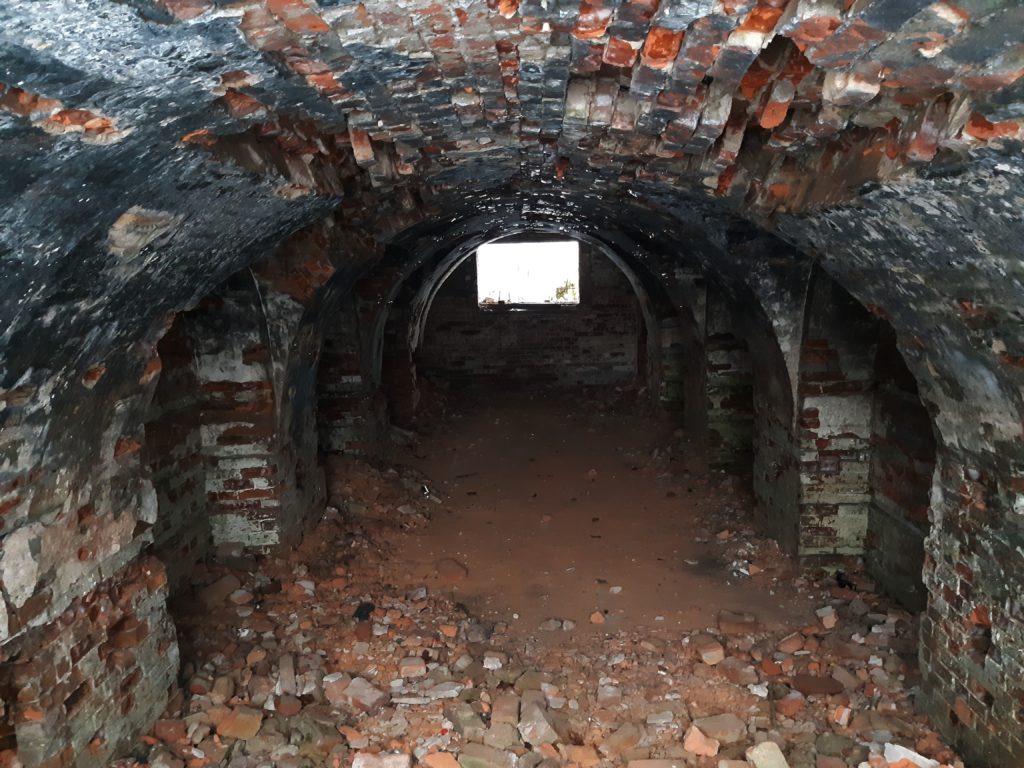
Sorry. Nothing of the sort, unfortunately. We (my friend Pavel Čikalov and myself) get off a comfortable speed train on a frosty morning in late 2018 to resurge on a spacious square in front of Vyborg railway station: only a small city walk is ahead, with no ancient maps from the pirate’s chest.
The parking lot is full of cars, and Andrej Kolomojskij appears from one of them.
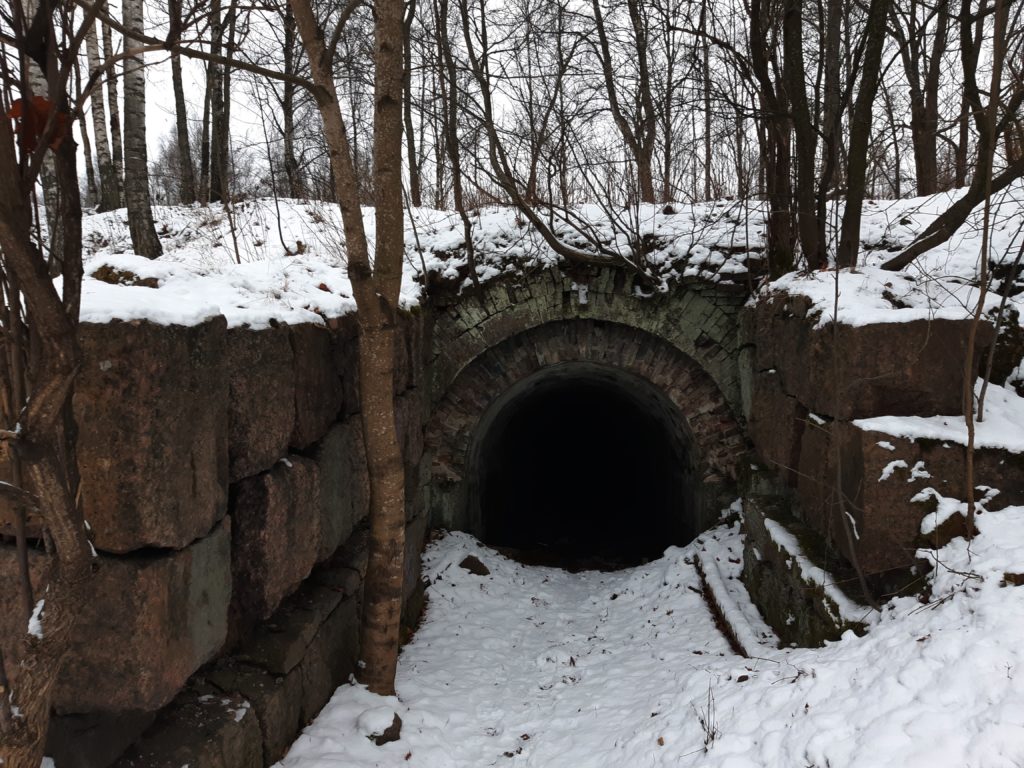
“One can easily walk around, of course, because the town’s historical center is just about half a mile in diameter”, says Andrej as he invites us into his comfortable jeep, “but for our purposes it will be more efficient if we drive.”
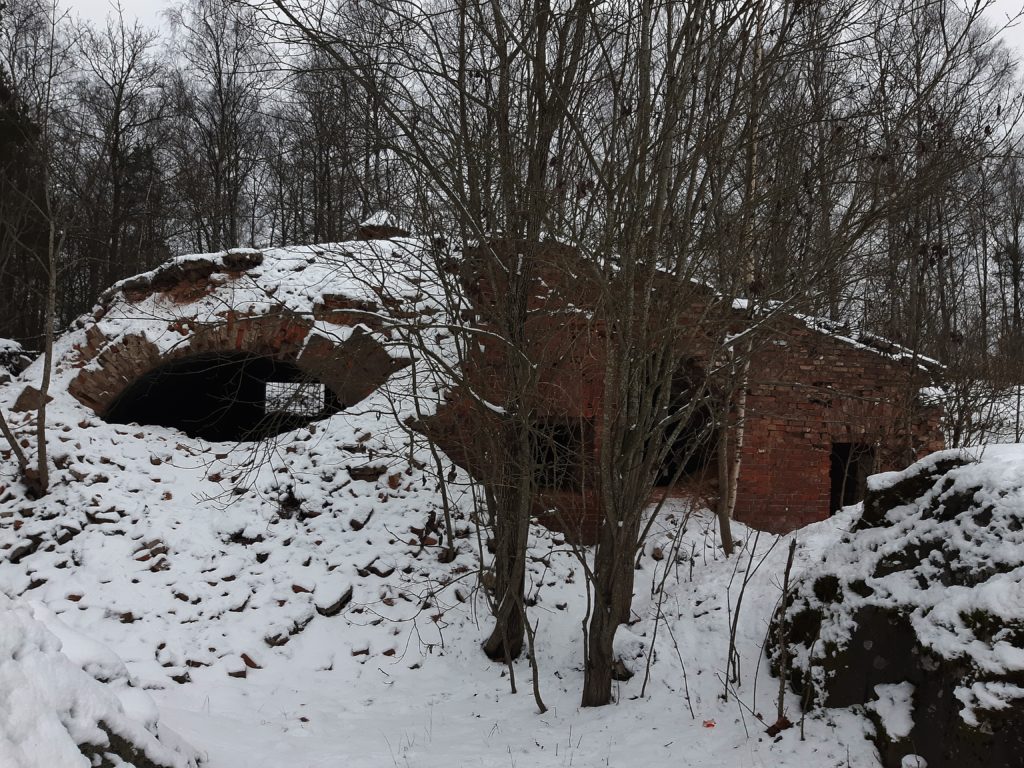
Andrej is a permanent columnist to the “Vyborgskije Vedomosti” (“Vyborg Dispatch”) newspaper, which is, by the way, among the most often quoted sources in the region of Saint Petersburg. He dedicated a lot of years to protecting the legacy of the town where he spent most of his life.
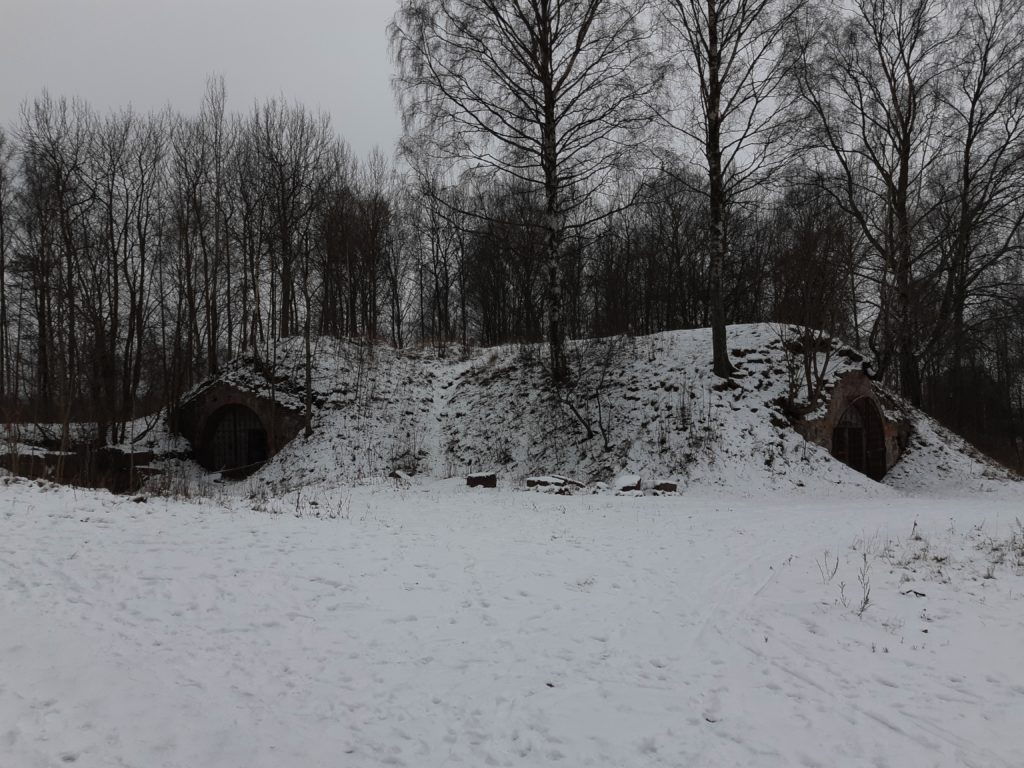
Once Finland’s second most influential city, Vyborg is now only a small provincial town somewhere deep in Russia, 75 minutes West of Saint Petersburg, one of Europe’s largest megapoles. It is probably because of that a somewhat Orwellian feeling keeps haunting you all the time you are there.
“Discussing Vyborg’s ruins requires, I think, one very important preliminary comment: during the last five years the city went through more devastation than it had known in the course of all the Soviet times.”
The jeep turns left and we creep up a narrow drive to stop in front of the park which is probably the only site located really “far away” (half-a-mile or so) from the main center: East Vyborg Fortifications (Vostočno-Vyborgskije Ukreplenija, Patterinmäki).
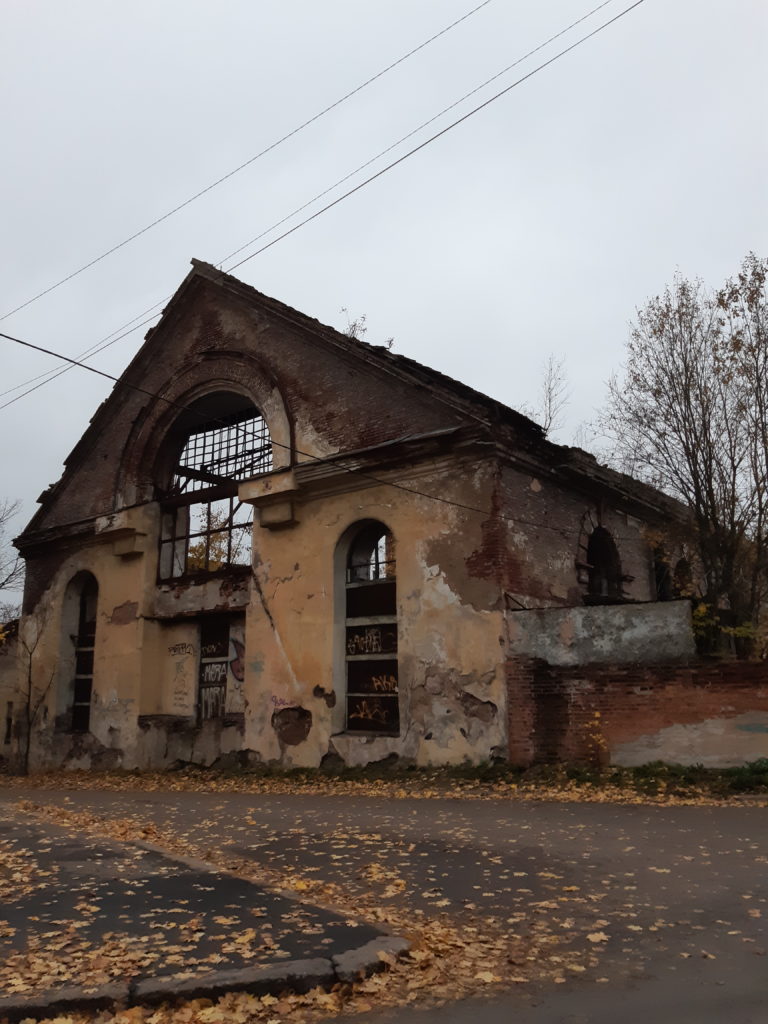
This astounding fortification system was erected in 1863-1870 by war architect (“fortificator”) Edward Totleben, but today it enjoys only a very feeble, almost nominal, protection status: “architectural site of regional importance” in the Russian classification (higher ones being “of federal importance” and “UNESCO site”).
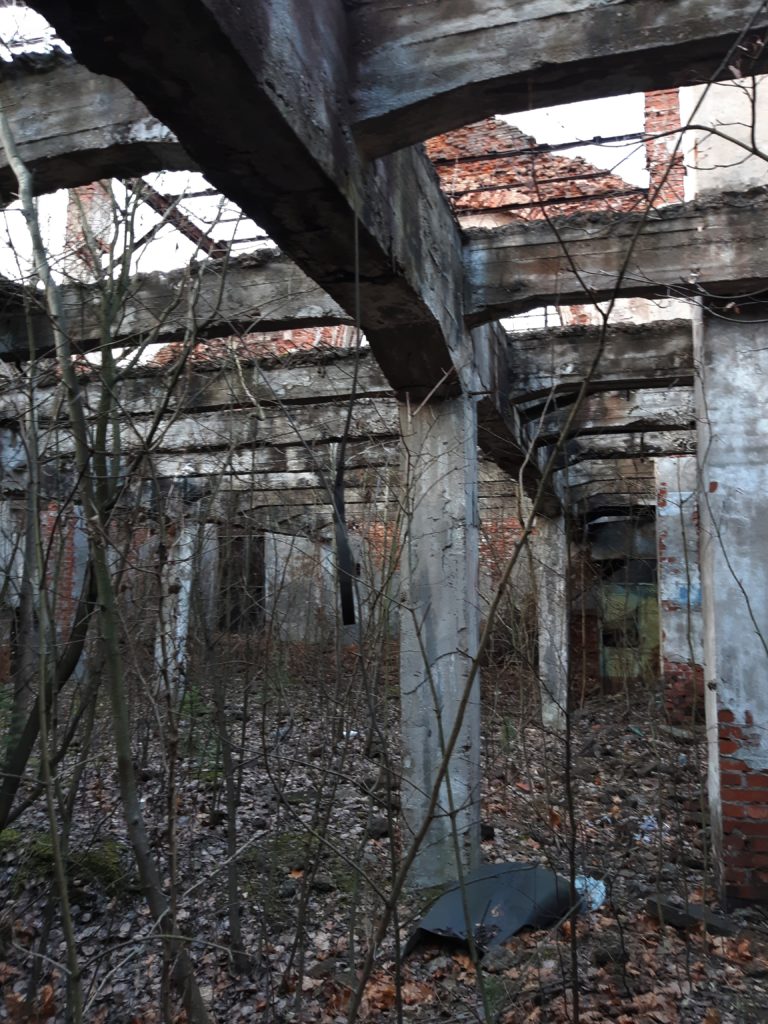
“The Ministry of Culture is very well aware of the situation, but not a single penny is previewed for its restauration in the foreseeable future. I will go further than that: when the ex-mayor was appointed director of the city park, where these fortifications are now, all the metal constructions started strangely disappearing. Among many (and you will probably not believe that) a huge Soviet ferris wheel was “recycled”. At the same time, there was a smaller, but more important loss: tin plate roof of one of the gunpowder cellars. The result is here in front of your eyes.”
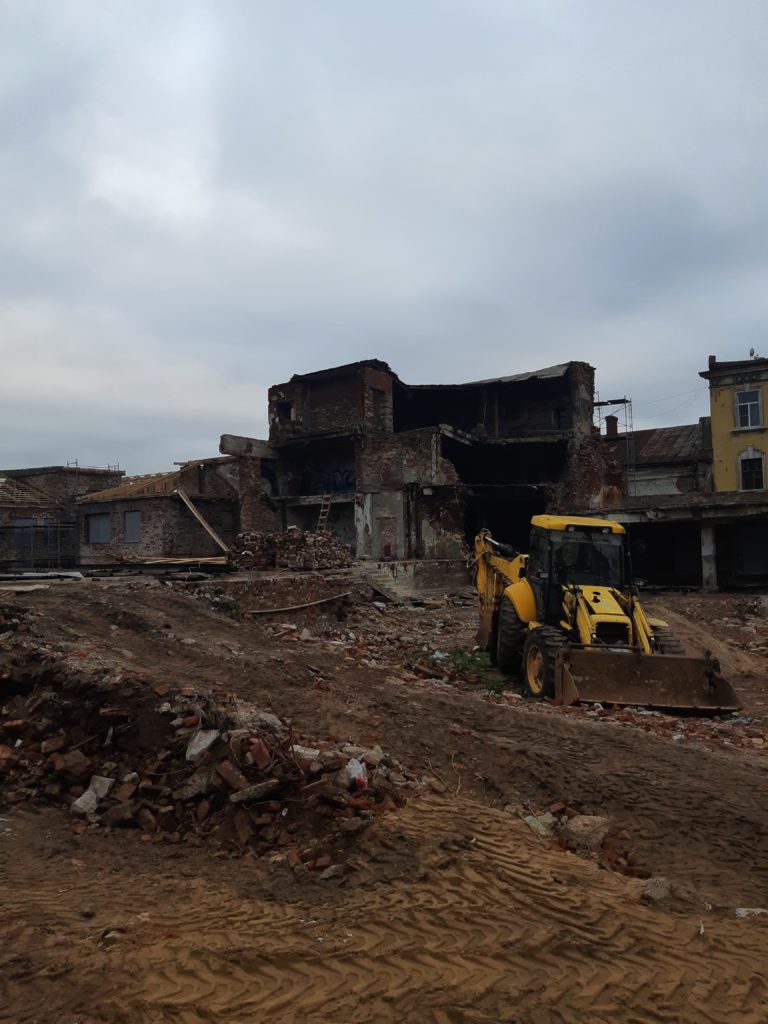
We face two identically looking houses, both connected by a deep ditch which in its time not only served for protection (it could be filled with water upon necessity), but also as a safe passage from one cellar to the other, for example, during military operations.
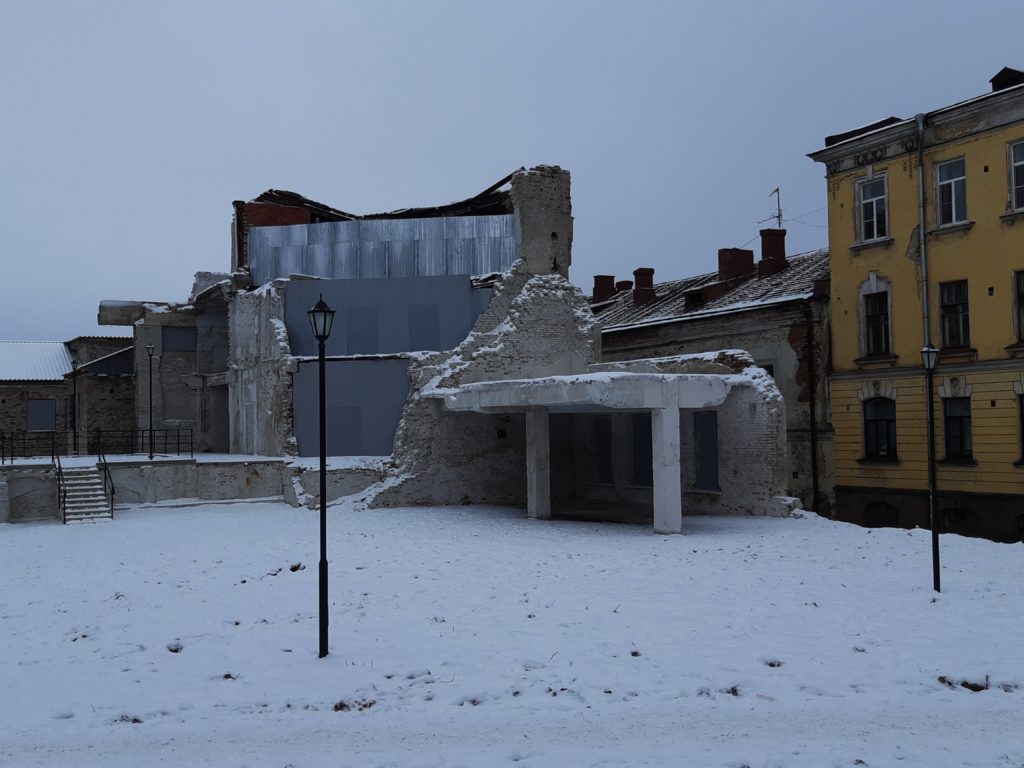
The left one now stands half-ruined: with no protecting tin-roof or whatsoever, winds and rains corroded and destroyed all the interior structural systems little by little, so the upper vault simply collapsed on a fine morning. Access to the right one was timely closed (and the director fired): the roof, and, consequently, the whole of the building was fortunately preserved.
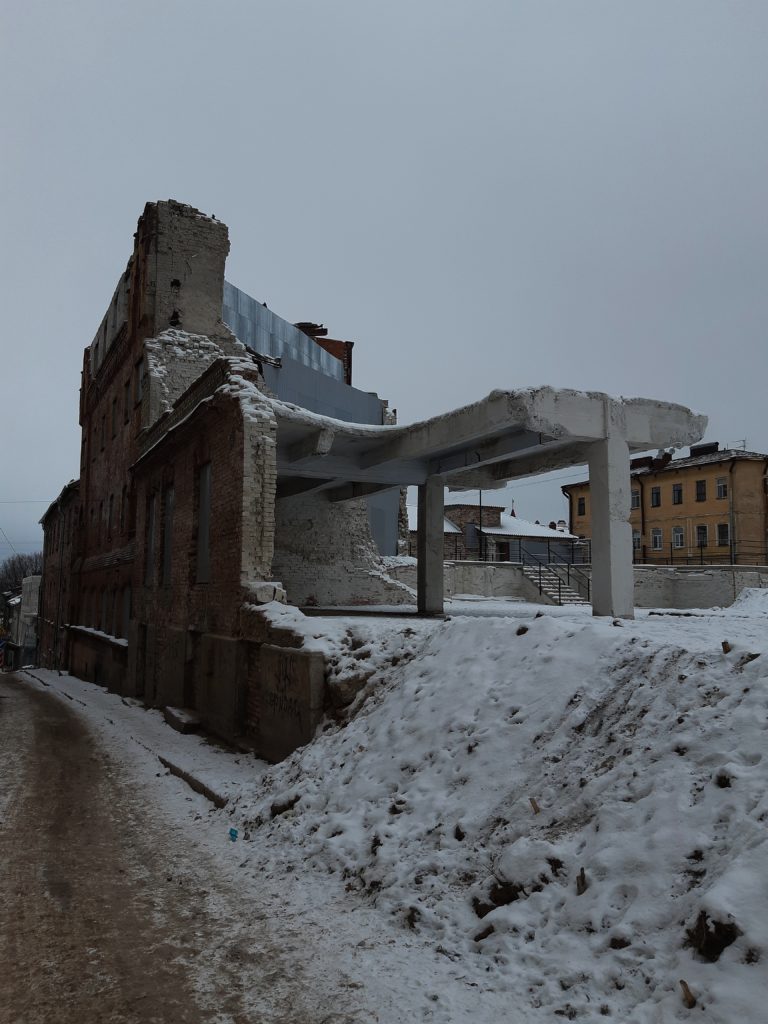
On our way downtown we stop in front of the Dominican Cathedral whose exact date can not be ascribed because of its knotty history. Anyone even weakly familiar with architectural styles will of course exclaim “No, you are wrong! That can’t be 1481!”
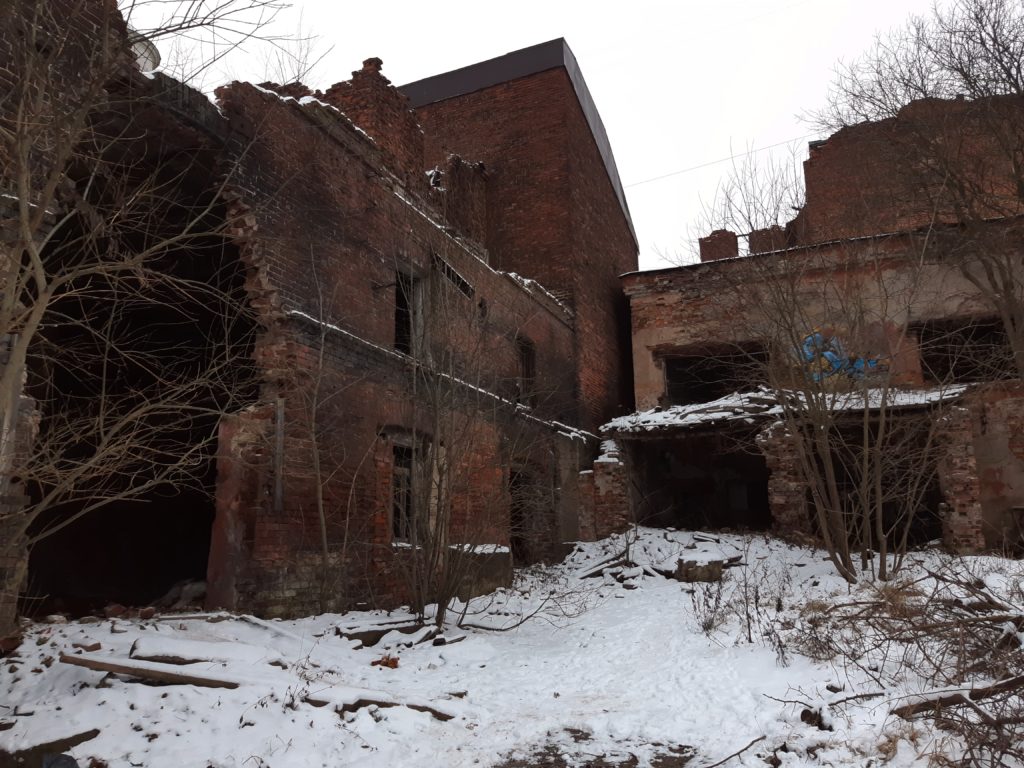
Yes and no. The first building did appear here at the end of the 15th century. From that moment on, a lot of reconstruction works were officially documented, but never was the initial building demolished completely: its location in general and/or some previous details in particular were always retained from the previous construction, as if marking the continuing legacy of the place.
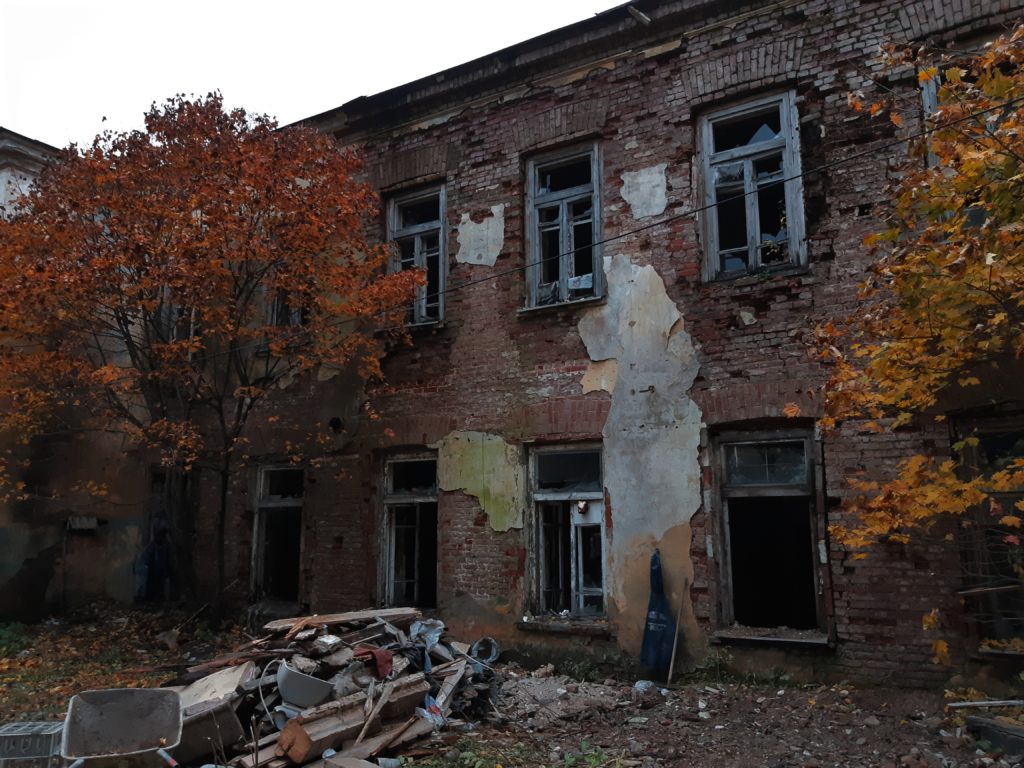
By the time a new cathedral was commissioned to Karl Ludwig Engel in 1828-1832 it was a real mixture of Middle Age and Gothic themes. Engel did not dare say: “OK, I will now sketch a new masterpiece while you are pulling this shattered barn down.” He “renovated”, “reconstructed” and “modernized” the existing building, partially preserving the Gothic basilica. Middle-Age interiors were completely lost, though.
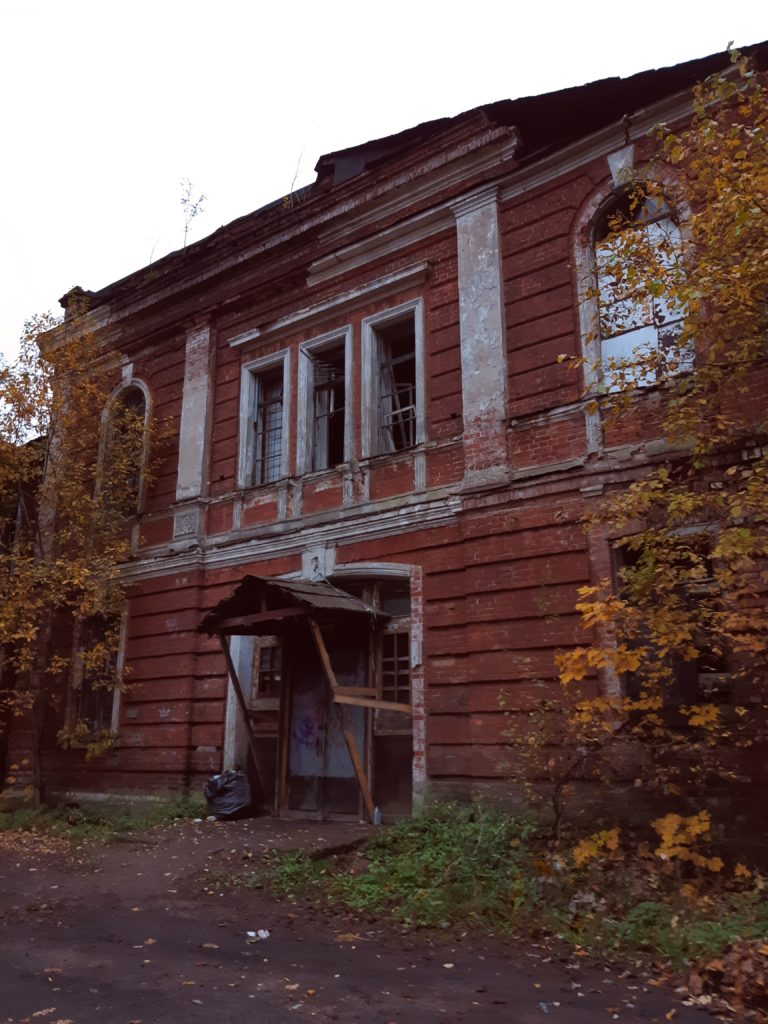
The cathedral did not see any repair since the day Vyborg was annexed by the Soviet Union in 1944. A car wash now functions in one of its flanks, and the access into the nave does not require any effort. Just a small pull-up through the broken window almost on the level of the street.
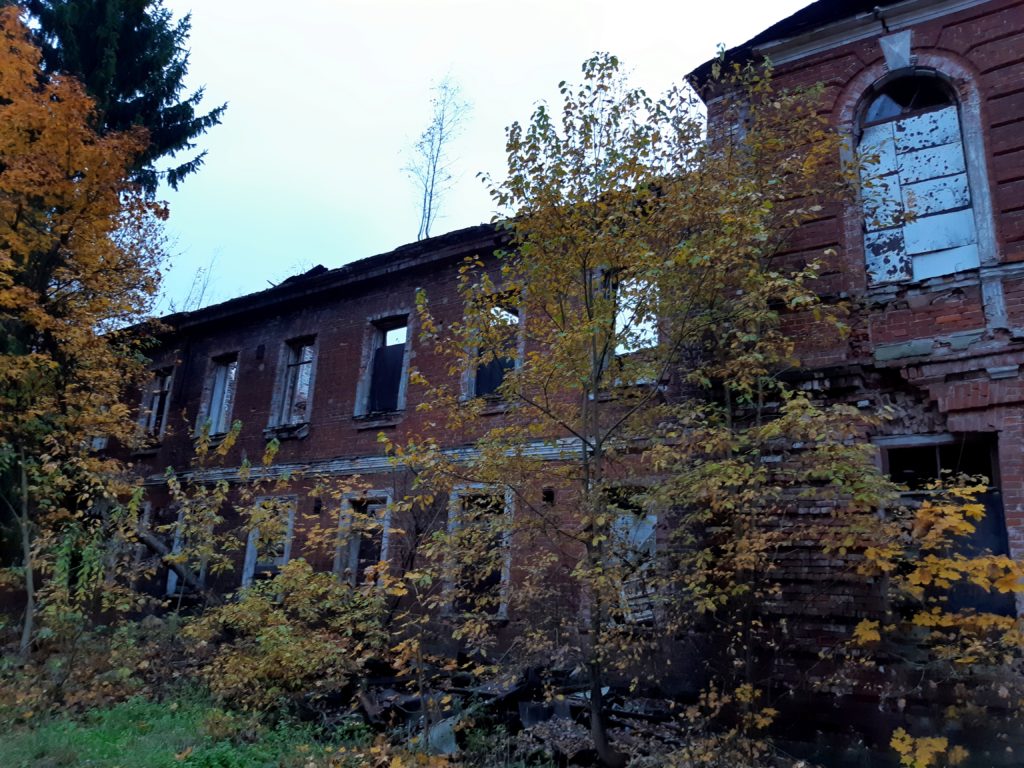
The car creeps up one more hill and we stop in front of what is probably the most famous abandoned space in Vyborg, in the heart of its historical center.
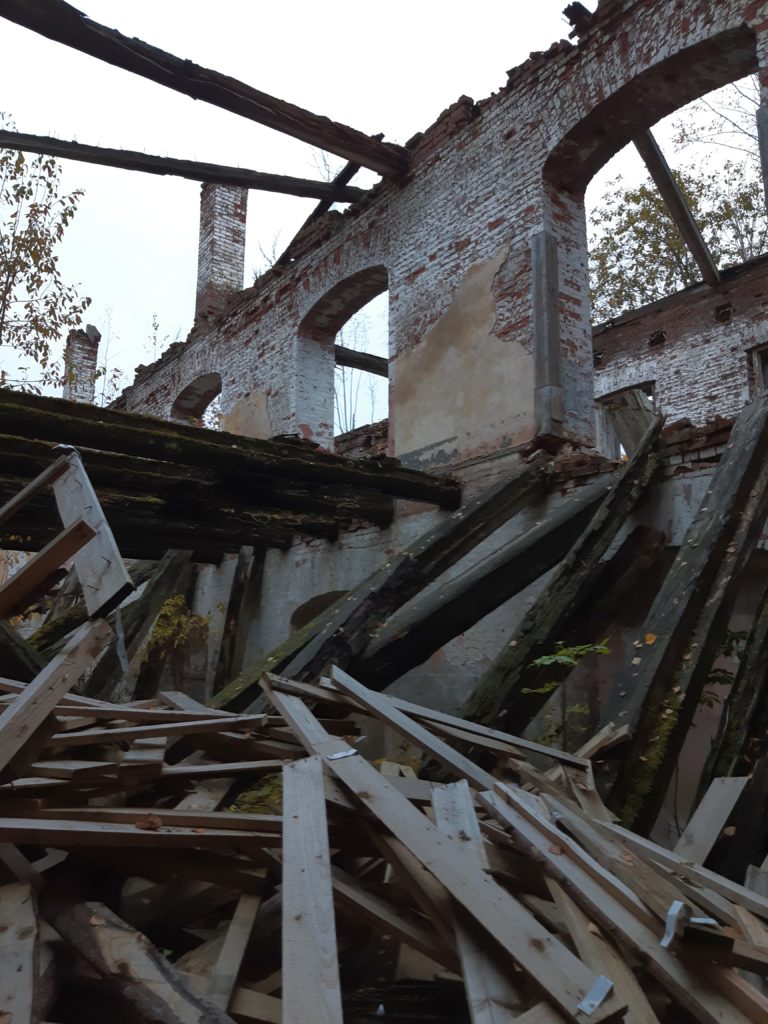
Set Solberg Block is more commonly known to the locals as “Block Seventeen”. Seven buildings dating back to 1790-1890 used to be located here once, six of which were granted some conservation status (“regional importance” again).
Andrej is sure that it’s thanks to the factory of electrical instruments located here in the Soviet times that the block was preserved to a certain extent.
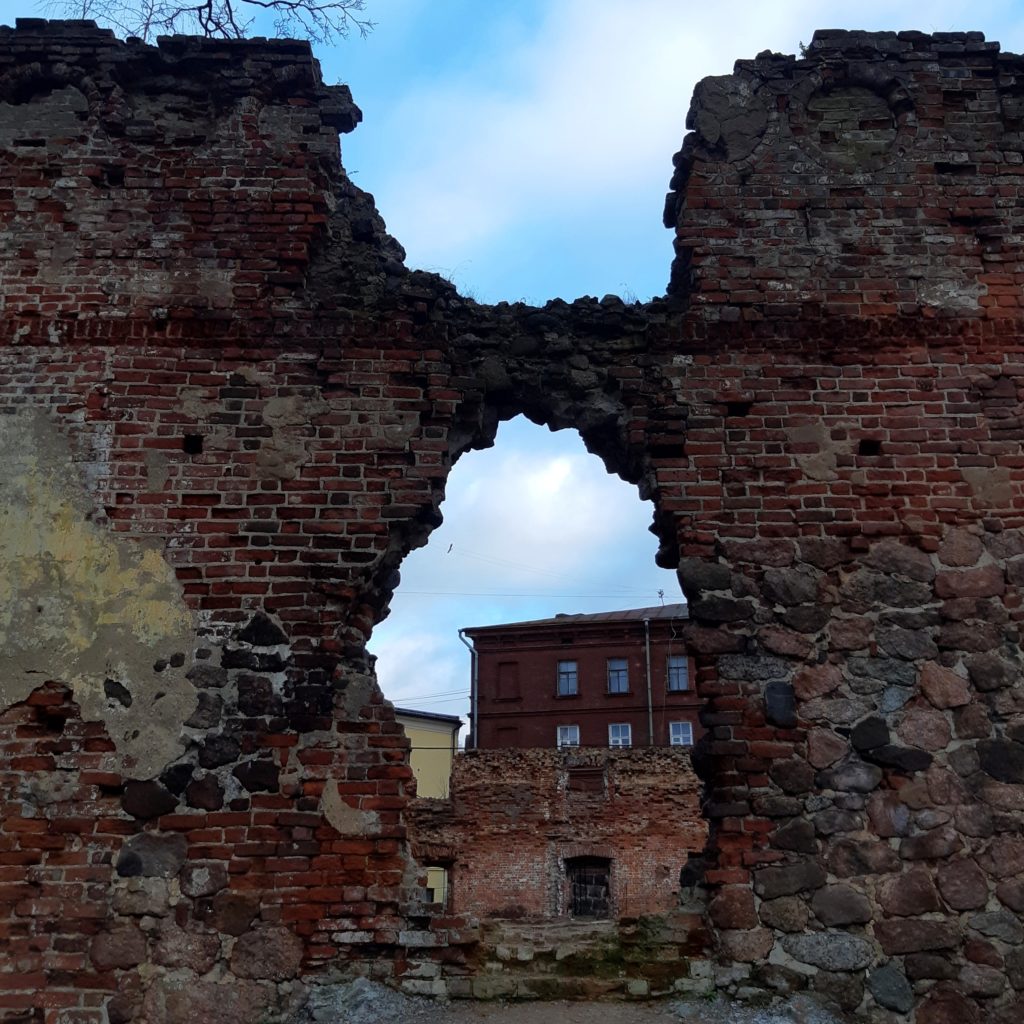
“Do you see those reinforced concrete structures?” asks Andrej pointing at the beams that are quite visible in the Northern winter sunshine because they were whitened recently. “This is what remains of the factory. These girders upheld the buildings in the postwar years.”
Shortly before the collapse of the Soviet Union in 1991 the block’s misadventures began. In the wake of the news that there would be a free international trade zone in Vyborg, anonymous swindlers bought the whole block in the late 1980s hoping to quickly restore it and then sell it to some “Western money-bag”.
Those hopes were gone with the wind of reality: very soon it became clear that no one was going to bring any international investors to Vyborg. The swindlers melted away, and at least for now, no documents exist or are available to throw any light on who they were.
The premises were very quickly squatted and occupied by local poets and performers who frequently organized their clandestine roof art events, but in 2008 the administration managed to take these buildings back.
“On a sunny June morning in 2014 I was woken up by an insistent phone call. My friend was almost shouting that Block Seventeen was being demolished. I grabbed my little son and caught a taxi to the spot immediately. The scene was terrifying: an excavator was literally eradicating the buildings out of the earth. The sound made me think of someone’s bones being broken, only magnified through a loudspeaker. I darted into the cabin. The driver had a nonchalant air: “I am doing what I was told to do. I will manage to do that in five shifts”, assured he with a touch of professional pride.
As if from under the earth, the commissioner of the works and simultaneously the then owner of the block appeared. He started threatening me describing very vividly how he was going to kill me. But the press was there the next day. A bunch of lads with baseball bats was standing around protecting someone’s rights to demolish a historical site.”
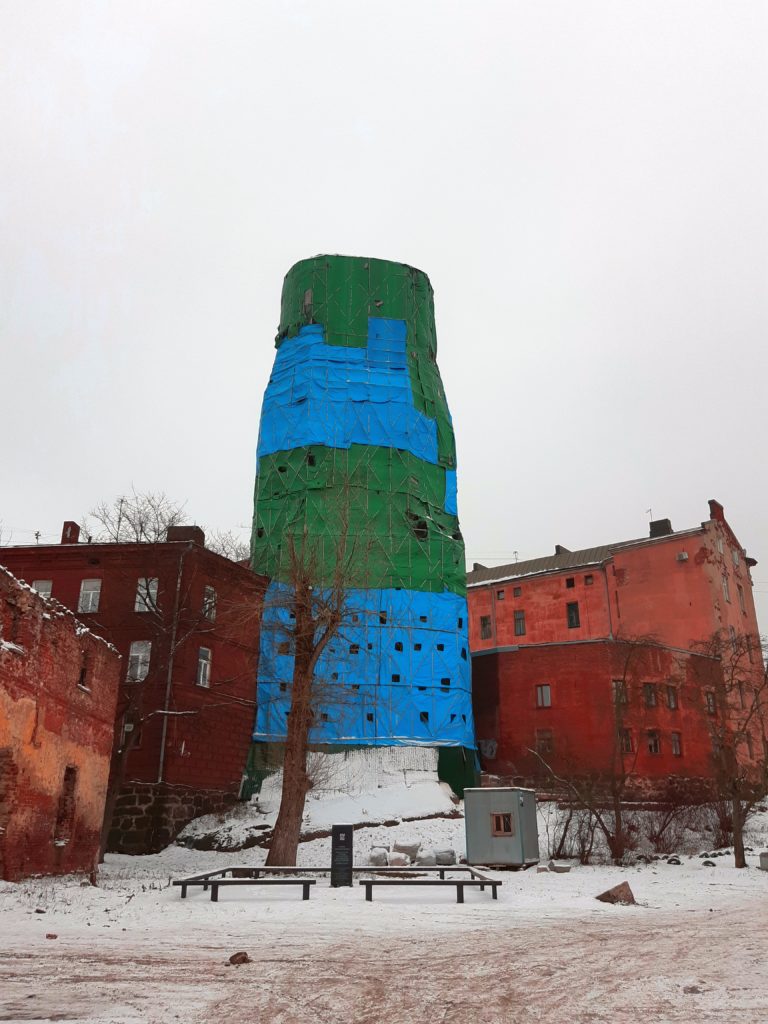
When one third of the block was already lying in ruins and the outcry in the press was louder than they had hoped for, the local administration understood that it had been a bad idea and that you do not just decide to demolish half of the town without anyone noticing it. The works were stopped.
It stood half-destroyed for five years before the local governor, Mr. Drozdenko, decided to take the affair into his hands. He estimated that the reconstruction of the block would cost $36 million. He was going to get this money from the International Bank for Reconstruction and Development, but the credit was never approved.
In 2018, after no money was found, a complete “reconstruction” of the site was scheduled. This time, the grand plan is to open a theater center here.
“We already have a theater in Vyborg. It is a 150-seater. They give one or two performances a month and never get full house. And the administration is planning to build an 800-seat center. Fancy that!”
We walk around the block and step into the adjoining house rubbing shoulders with Set Solberg Block: two red-brick buildings, No. 12 in Krasin street where a coal storage was located in the late 19th century.
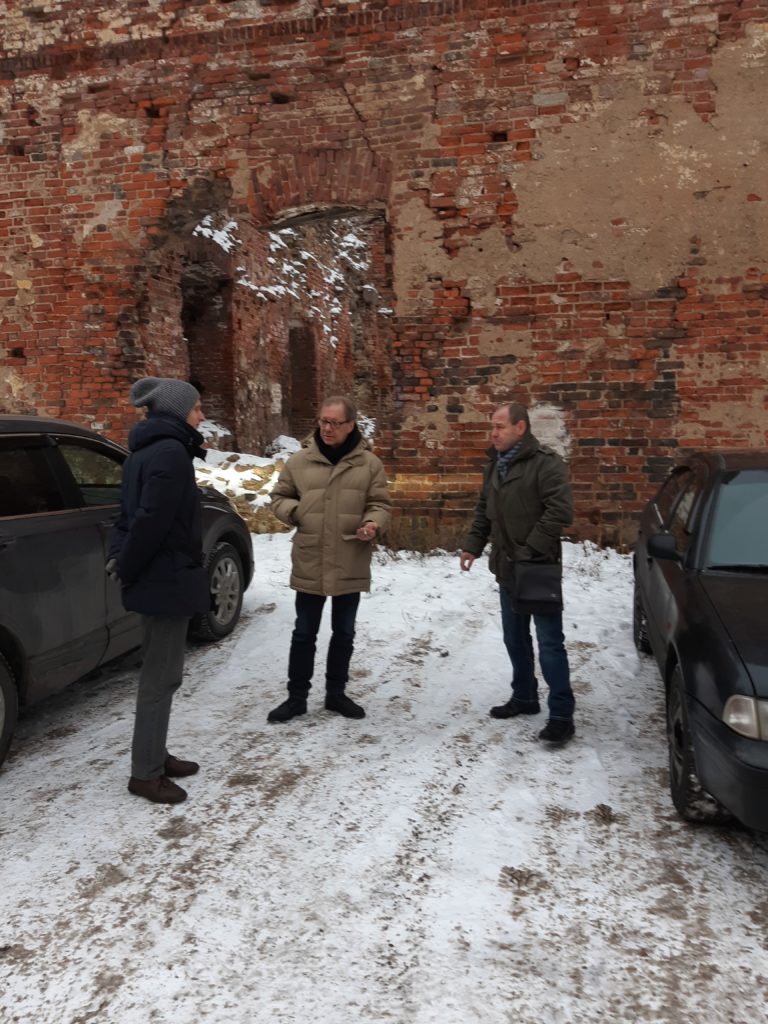
Only a few steps aside, and here we are in front of the Clock Tower with the Main Cathedral next to it. Both constituted an architectural whole once, and both are in desperate need of major reparation works. The Clock Tower is relatively well preserved and is now covered with canvas (as if that would prevent it from falling apart).
It is famous all over Scandinavia for the fact that the first clock in Karelia was unveiled and launched here in 1600. It also hosts a huge bell presented to the town of Vyborg by Catherine the Great. When the Main Cathedral was active, Clock Tower also served as its bell-gable.
The Main Cathedral of Vyborg, by the way, is one of the most sacred places to the Finns. According to the legend, Michael Agricola is buried somewhere here (the area around the Cathedral is a big cemetery where archaeologists keep finding lots of sensational things every time they carry out research excavations).
To the Finns, he probably means more than Cyril and Methodius, who invented the Cyrillic alphabet, to the Slavs. He was the direct apprentice of Martin Luther, and he brought Protestant ideas to Fennoscandia. He was credited for being a very talented diplomat, and, on top of that, he is the one who created the modern written Finnish language.
After the Second World War (1939-1945) the roof collapsed, and, needless to say, no efforts were made to restore it. There was a brilliant project in the 1970s. It now makes you think of Gottfried Böhm’s and Norman Foster’s 1988 idea of the renewed Bundestag Cupola, that is, to reconstruct the missing parts in glass. The project was praised as very, very innovative. And that was that.
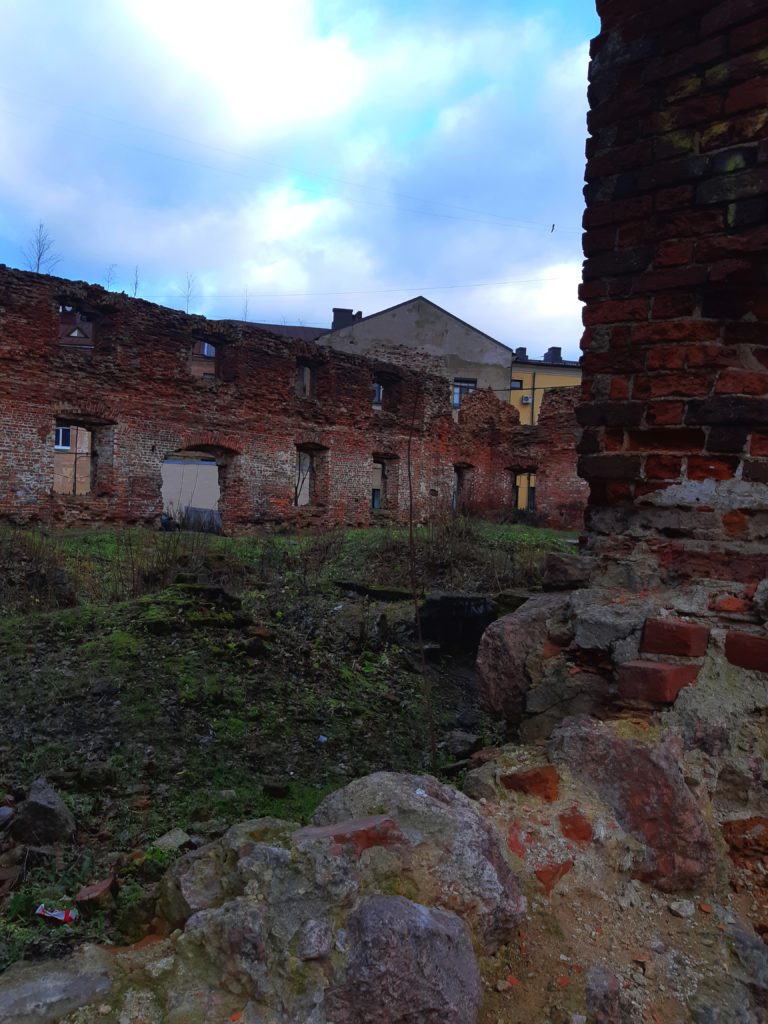
The site was, however, falling apart little by little. By the 1990s, a huge crack appeared under the Clock Tower which, by the way, stands on a huge rock and has no foundation.
“My friend and colleague, Valerij Kožuchar, started observing and measuring the crack almost daily, a slide-rule in his hand. After some time, he calculated and presented the necessary project to cure it. Administratively, everything was done to put the skids under his plans and sweep his proposal aside. In the meantime, conservation works were commissioned to a company whose authorized capital was about $200, who wrote on their site that they carried out “all sorts of demolition works” and who never saw a single stone of Vyborg. They came here, took some stones scattered around the Cathedral nearby, mixed them with Portland cement and stuffed all that into the crack. After a shocked outcry in the press the works were frozen and the Clock Tower was blanketed. The Cathedral still stands falling apart, as you see, open to all the winds.”
Headquarters of the 30th Regiment is viewed by many historians of Vyborg as the main and the most conspicuous “city gate”. It is very well seen both from the gulf and from the highways. It now stands sealed and abandoned.
“The day the Ministry of Defense quit the premises, my little son got inside. We were shocked to find out that they had left behind shelves full of strictly classified documents of 1940s-50s which I now keep in my collection. Technically the building was still possessed by the Ministry of Defense for a long time since they had gone. Volunteers decided to organize the watch to protect the building from marauding, but the police drove everyone away by force. The building, however, was returned to the municipality soon after that. But a huge fire broke out that very day. “All of a sudden”, you know. When I arrived here to see what was going on, I saw firemen sitting on the grass in front of the building doing selfies and not going to interfere.”

The short Northern winter day is almost over and the dusk is about to wrap the the Hoving Building, the last abandoned space on our plan today. Its story is probably the most characteristic about how ruins appear in Vyborg.
It was commissioned by Hoving in 1902-1904 as a bookstore (with apartments on the upper floors). Windows were made by one the best Dutch specialists of that time. Eight Abo ovens were set up to warm the whole house.
As well as many other buildings, it was acquired in the early 1990s by some businessmen who had quite serious plans of transforming it into a four or even five-star hotel. Controlling organizations kept pressing the owners by demanding more and more every time: gas supply, changing all electric communications, and so on.
The owners had nothing against that, but there were more and more demands till the 2008 crisis finally stopped all the works and the owners sold the building for nuts.
“It was a warm and long summer evening with a noisy official celebration in the castle, Day of Youth or something like that. A bunch of my friends was walking back home and, going past the abandoned Hoving building, they suddenly had a brilliant idea of having a drink or two on the second floor, looking down at the folks lazily strolling below. This feeling is especially romantic when the day is so reluctant to give way to crepuscule. All of a sudden they heard an explosion above their heads, presumably in the attic, as if it were a cistern of fuel. In just only a few seconds there was a torrent of lava-like liquid bursting through the whole building. The fire devoured the house in several minutes. The next day I came to photograph everything. The interiors in the right wing collapsed from the roof to the cellar. You can now see that even from the street.”
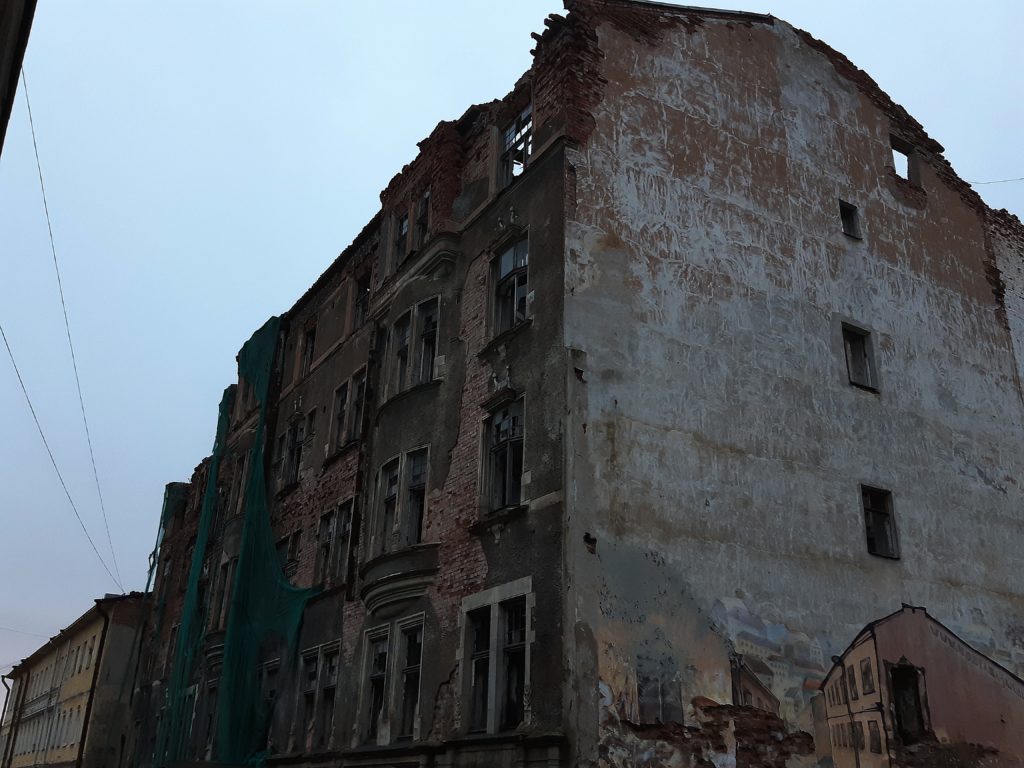
Andrej invites us for coffee and for an informal continuation of the talk. It is a very local place where tourists rarely or almost never drop in.
It is already dark when we say goodbye to each other and stroll back to the station.
We walk past the Hoving building down Castle Street once again.
-Look! – says Pavel pulling me by the sleeve.
I peep into one of the broken windows.
One Abo oven of eight did survive and is still standing there in the corner of the room gleaming through the darkness with its snow-white marble surface.
27 January 2019. — Vyborg — Saint Petersburg (Russia)